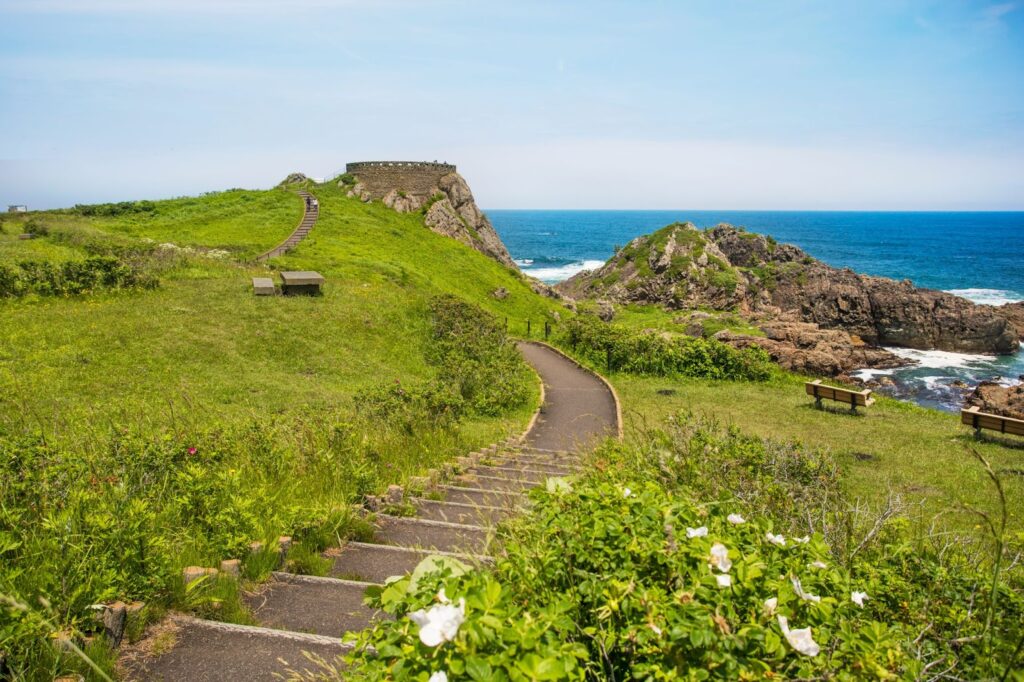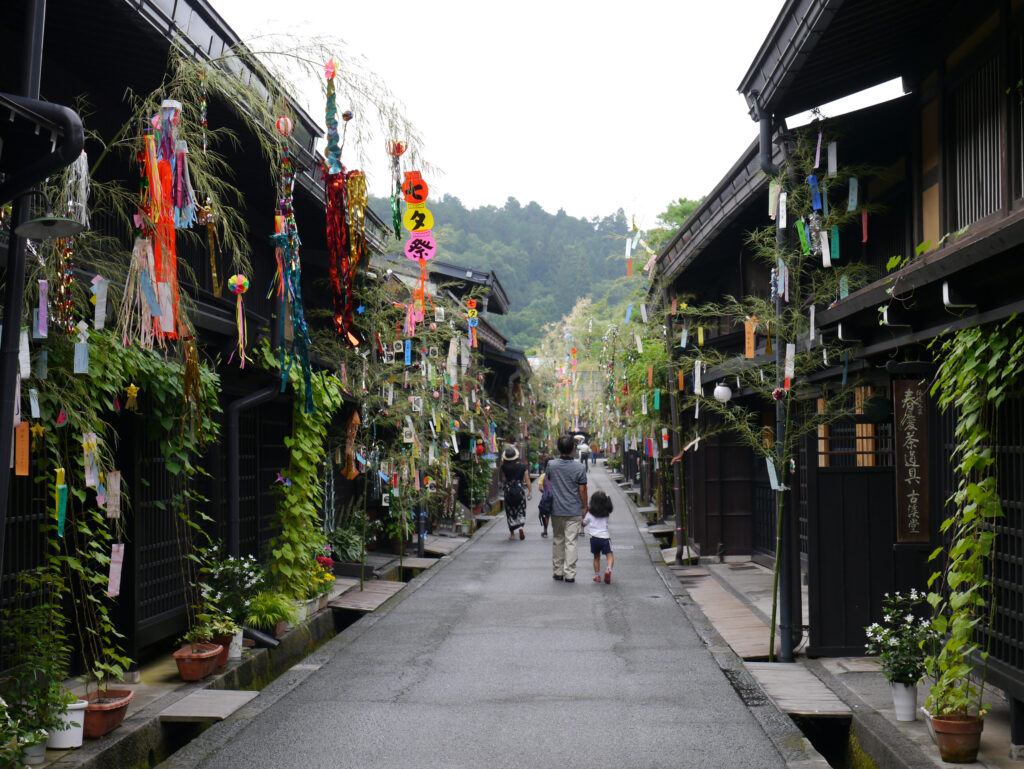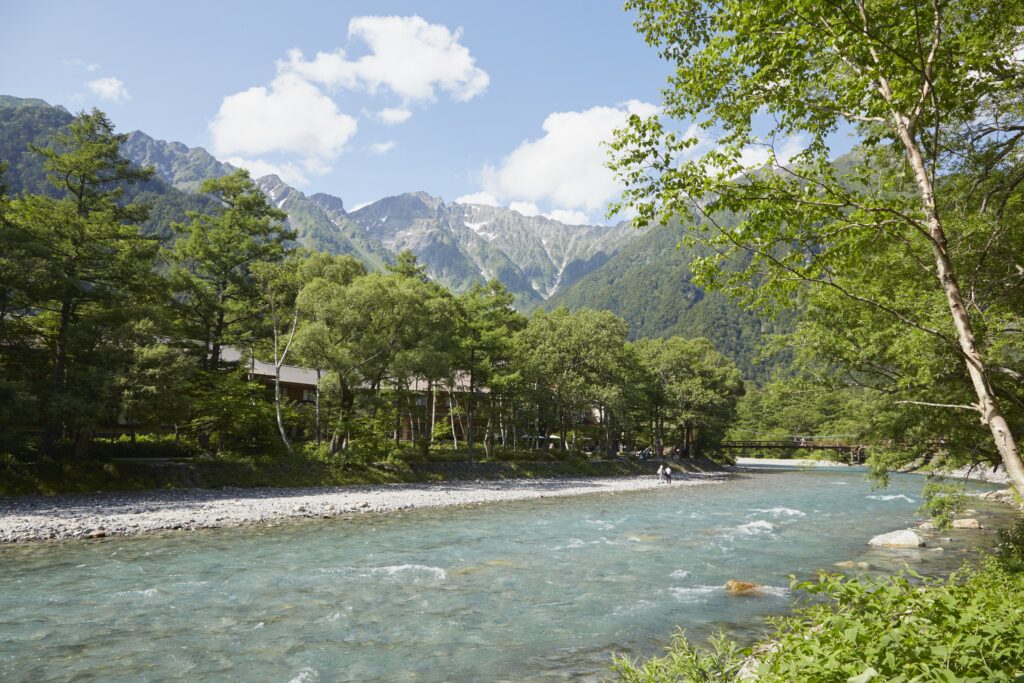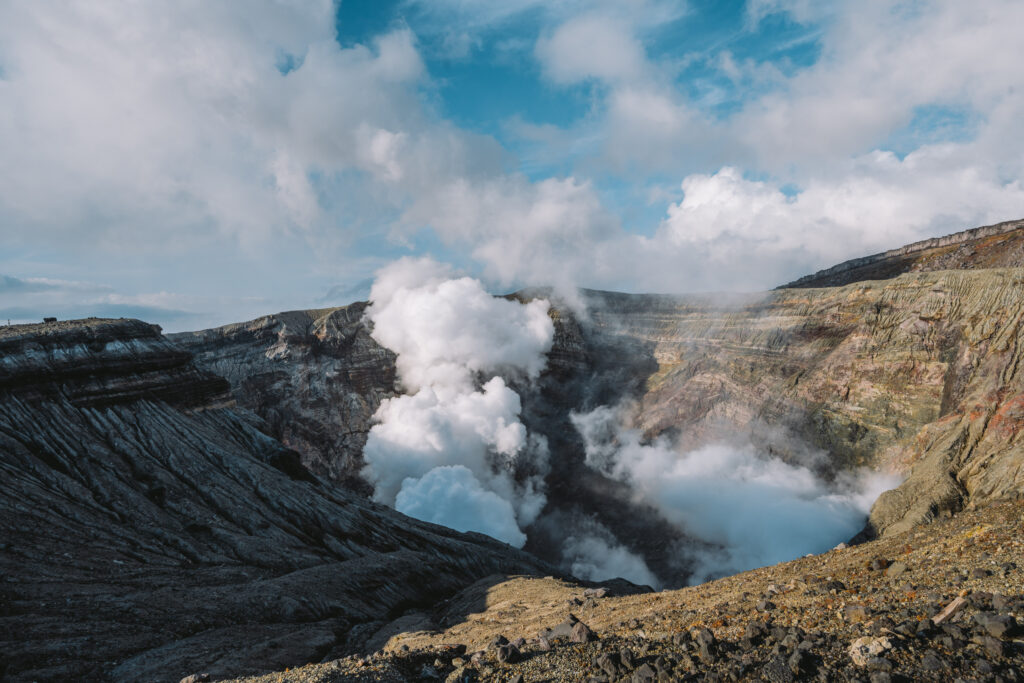With borders relaxing and anticipation for travel to Japan peaking, get off the beaten track and explore some of Japan’s lesser-known regions on your next holiday.
If you’ve tackled Tokyo and know Kyoto, give other destinations full of natural beauty, historical sites and authentic culture a go. Here are seven Japanese destinations ideal for second-time visitors craving brand new experiences.

Hachinohe
Hachinohe is a region rich in history and natural beauty tucked in the northeastern Aomori Prefecture. Easily accessible via bullet train from Tokyo, Hachinohe boasts rugged coastal trails, sake-clear rivers flowing past farmhouses and lively markets – making for a perfect escape into the Japanese countryside. Foodies should head to the morning fish market Mutsuminato, a beloved local landmark that’s been part of the city since post-World War II as is affectionately called ‘Hachinohe’s Kitchen.’

Gifu
Located in the centre of Japan’s main island Honshu, Gifu is a large landlocked prefecture in the Japan Alps. A large part of Gifu is rural and home to a rich natural heritage; its traditions, culture and craftsmanship, handed down through many generations. This prefecture is ideal for the slower-paced explorer looking to embrace slow and meaningful travel. Be sure to visit the historic town of Takayama, an old merchant town overflowing with traditional Japanese architecture and atmosphere.

Ishikawa
Japan’s Ishikawa prefecture has a thriving traditional craft scene that’s been nurtured for generations. From the modern architecture of Kanazawa Station to the progressive 21st Century Museum of Contemporary Art, traditional geisha performances at Yamanaka-za Theater to exquisite porcelain displays of the Kutani-yaki Art Museum, there is something for everyone. One of the symbols of Ishikawa is gold leaf, extremely thin leaves of gold used decoratively on crafts and ornaments. Several shops around Kanazawa let visitors see the gold leaf process and decorate their own items, including chopsticks, small plates and mirrors.

Mitsuboshi Kaido
Nestled in the heart of Japan, the Three-star Road, also known as Mitsuboshi Kaido, encompasses five distinct destinations each with something special to offer. Travellers wanting to book a long-awaited trip to Japan should look no further than Kanazawa, Nanto, Shirakawa, Takayama and Matsumoto, where they’ll find historical sites, fantastic gastronomy and authentic culture at every turn. Be sure to visit Kamikochi – a popular resort in the Japan Alps offering some of Japan’s most spectacular mountain scenery.

Kyushu
Easily reached by land, sea and air, the dynamic island of Kyushu is Japan’s third largest island, located southwest of Honshu. Closer to Korea than Tokyo, but easily reached from every major Japanese city, Kyushu was an early centre of Japanese civilization and offers historic treasures, modern cities and natural beauty. From the volcanic landscape of Mt. Aso National Park, ancient rainforests in Yakushima and bustling cities of Nagasaki and Saga, Kyushu is an island as diverse as it is beautiful.

Shikoku
Japan’s smallest island, Shikoku is a beautifully remote spot full of cultural and traditional experiences. Accessible by bullet train and the Great Seto Ohashi Bridge from Tokyo, Osaka or Okayama, the scenic island is worth the travel as tourists arrive at its famous onsens, rugged coastlines and ancient 88-temple pilgrimage. Soak in the hot spring which inspired the iconic Studio Ghibli Spirited Away, try its famous Udon noodles, or visit Naoshima, an island completely dedicated to art.

Hokkaido
Hokkaido is the second largest, northernmost and least developed of Japan’s four main islands boasting unspoiled nature, many national parks and rural landscapes. Famous for its snow offering, the slopes in Hokkaido are legendary. For a truly unique experience, travellers should visit the Shiretoko Peninsula. Home to a UNESCO World Heritage National Park, visit the World Heritage Conservation centre to learn about the natural environment and the crucial work done to protect it. Elevated winding walkways offer routes around Shiretoko Goko with longer hikes available seasonally, whilst advanced hikers may take on the 8-hour round trip up to Mount Rausu in summer, the Shiretoko range’s highest peak.


Comments are closed.